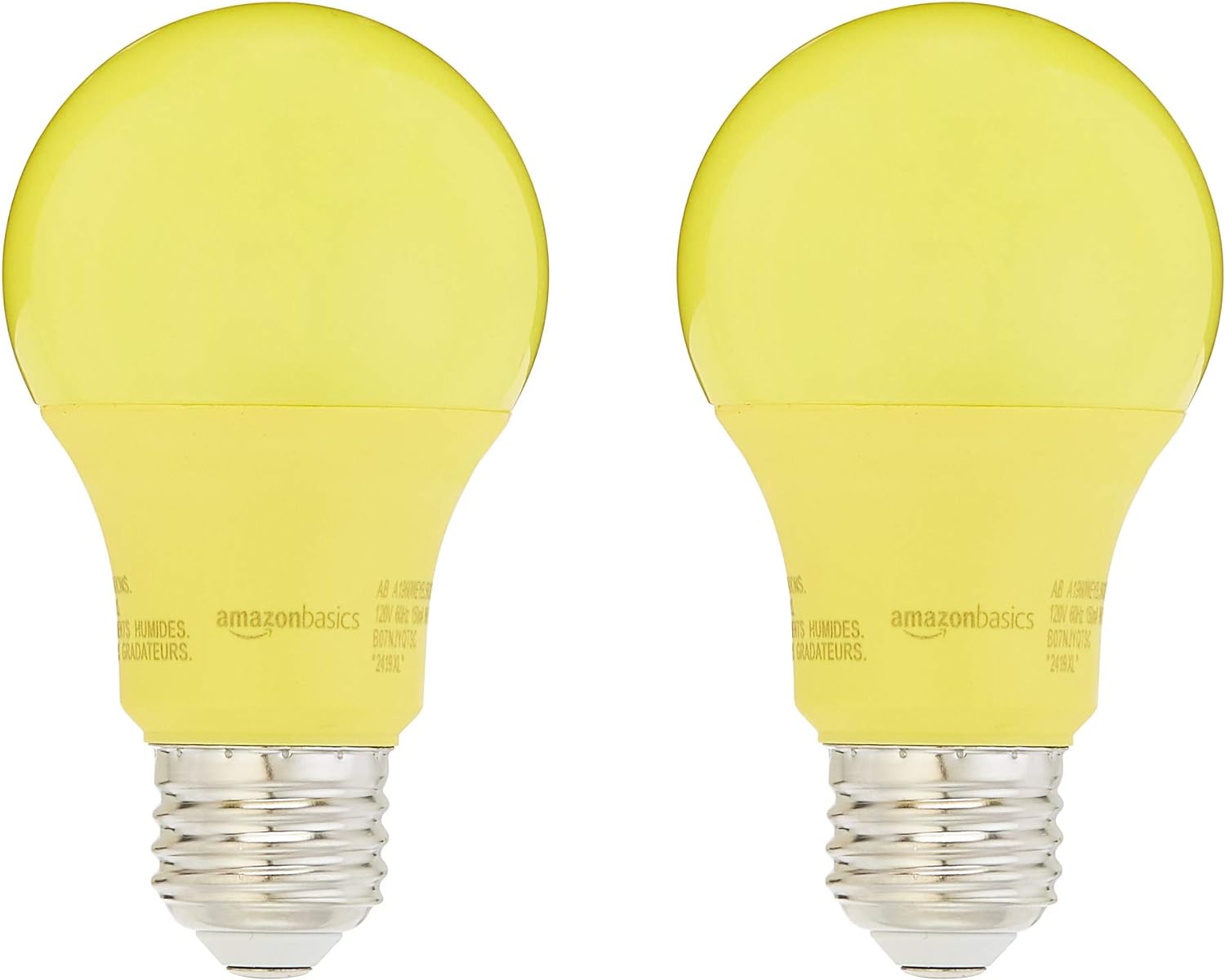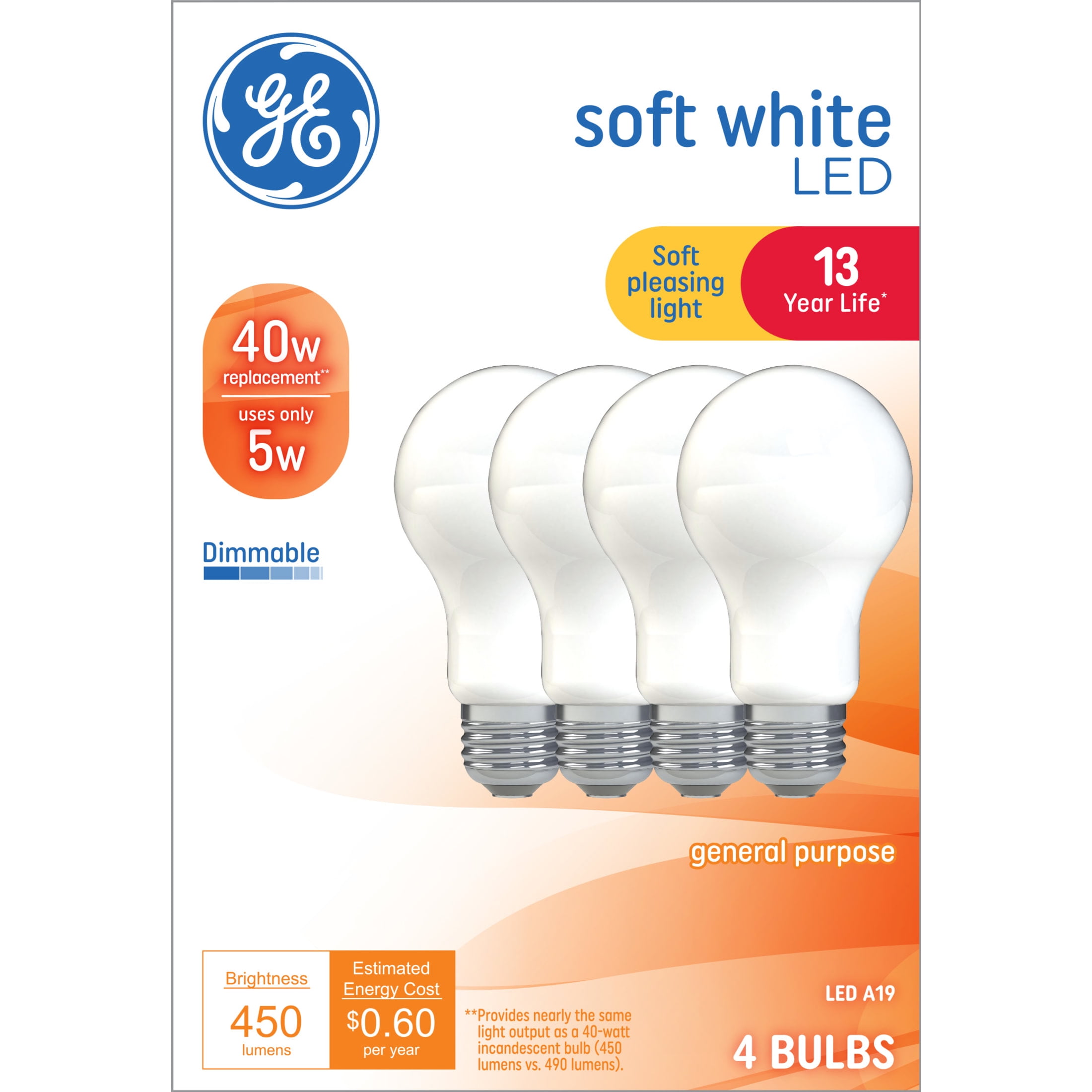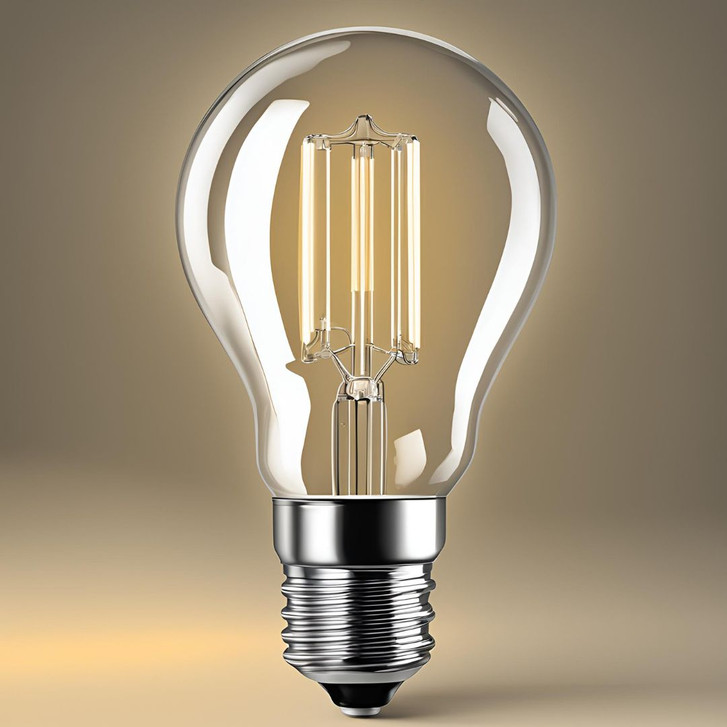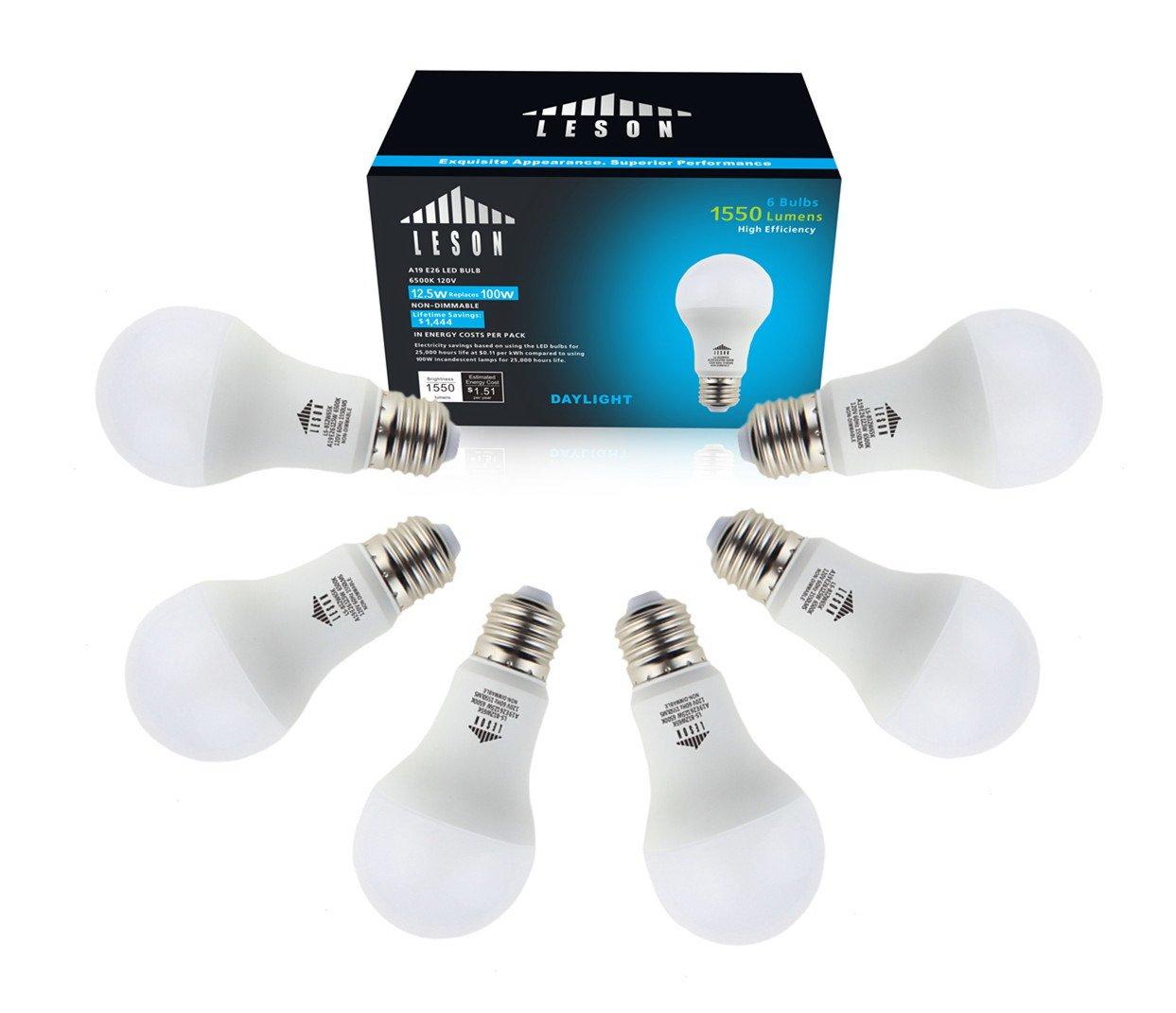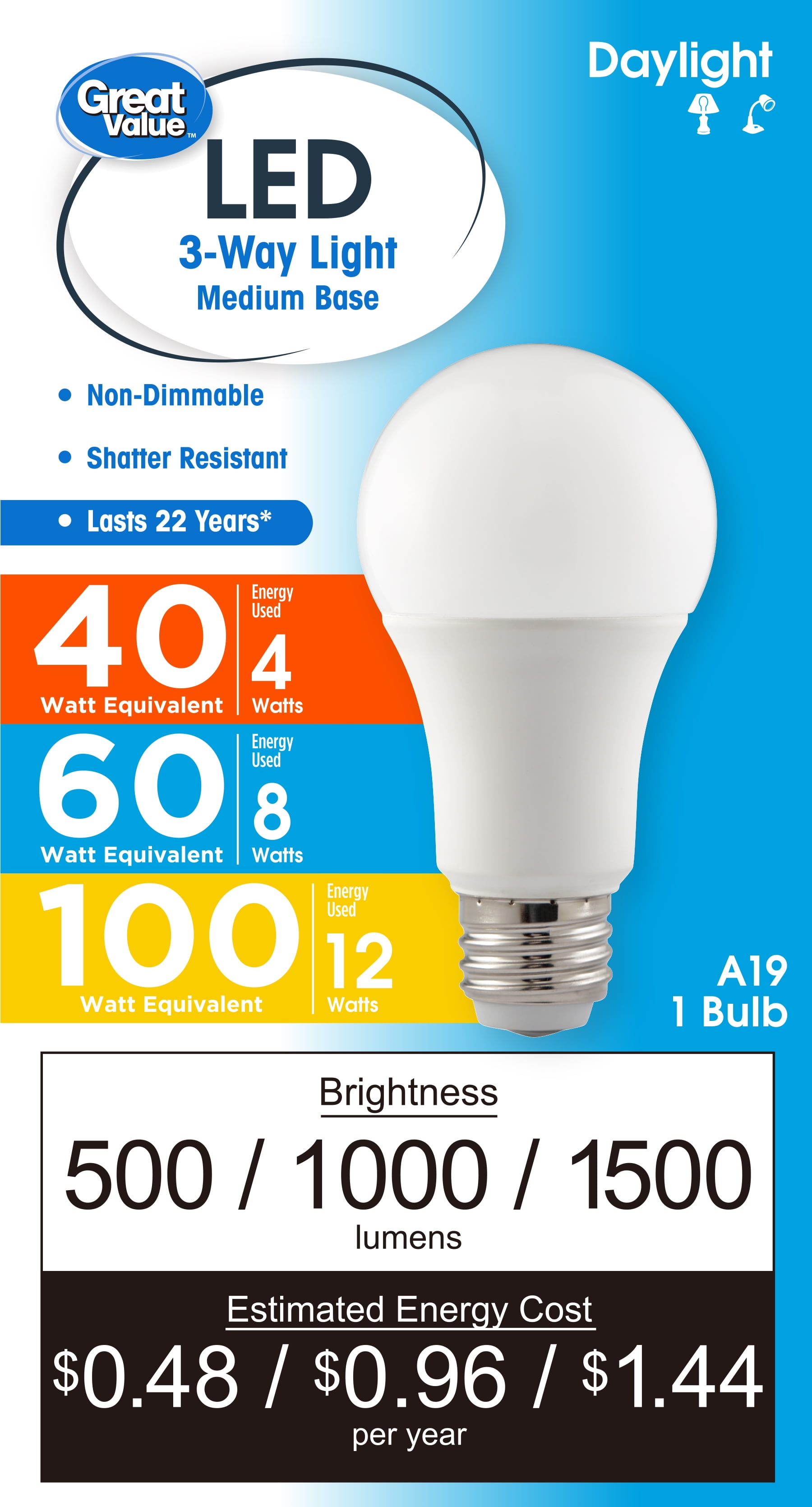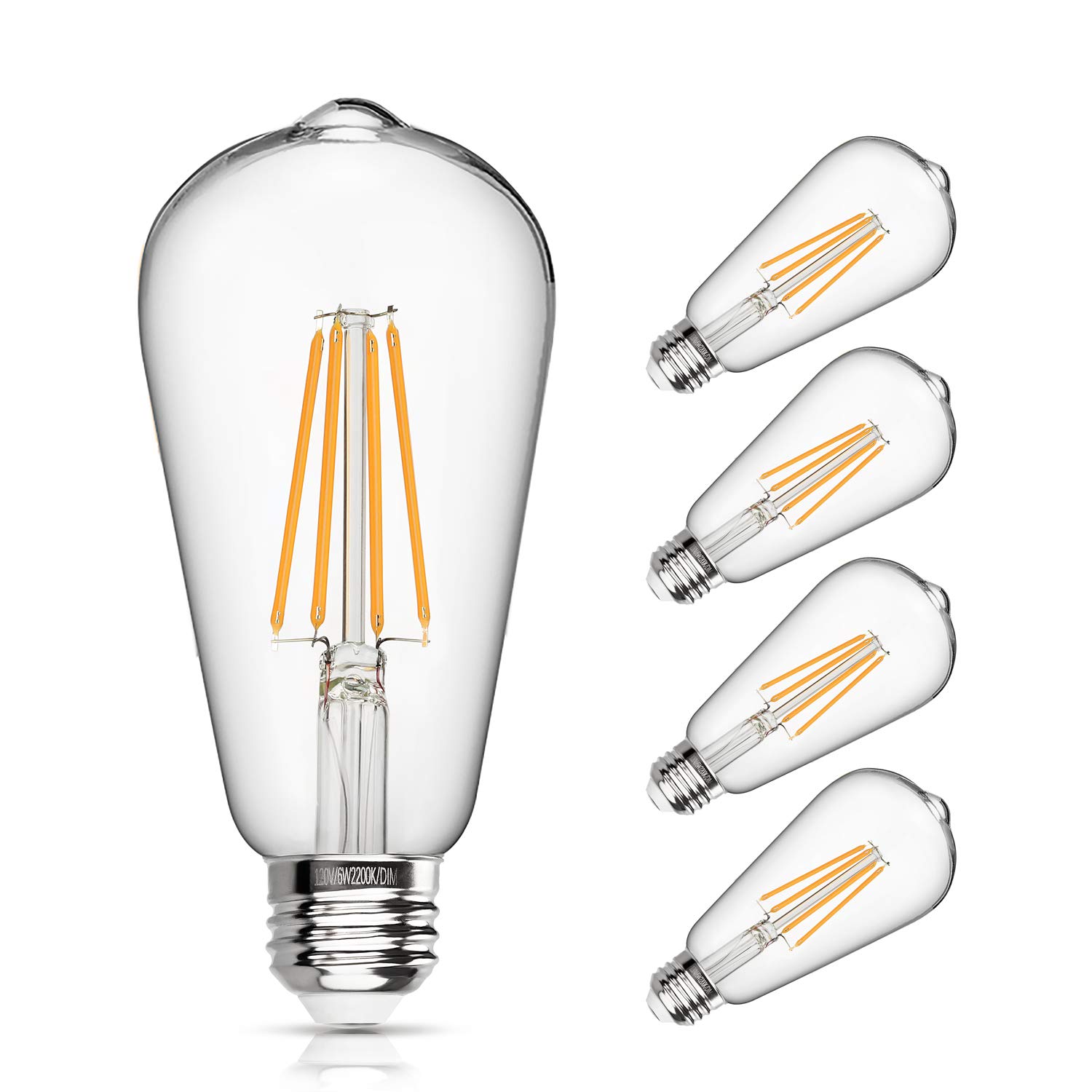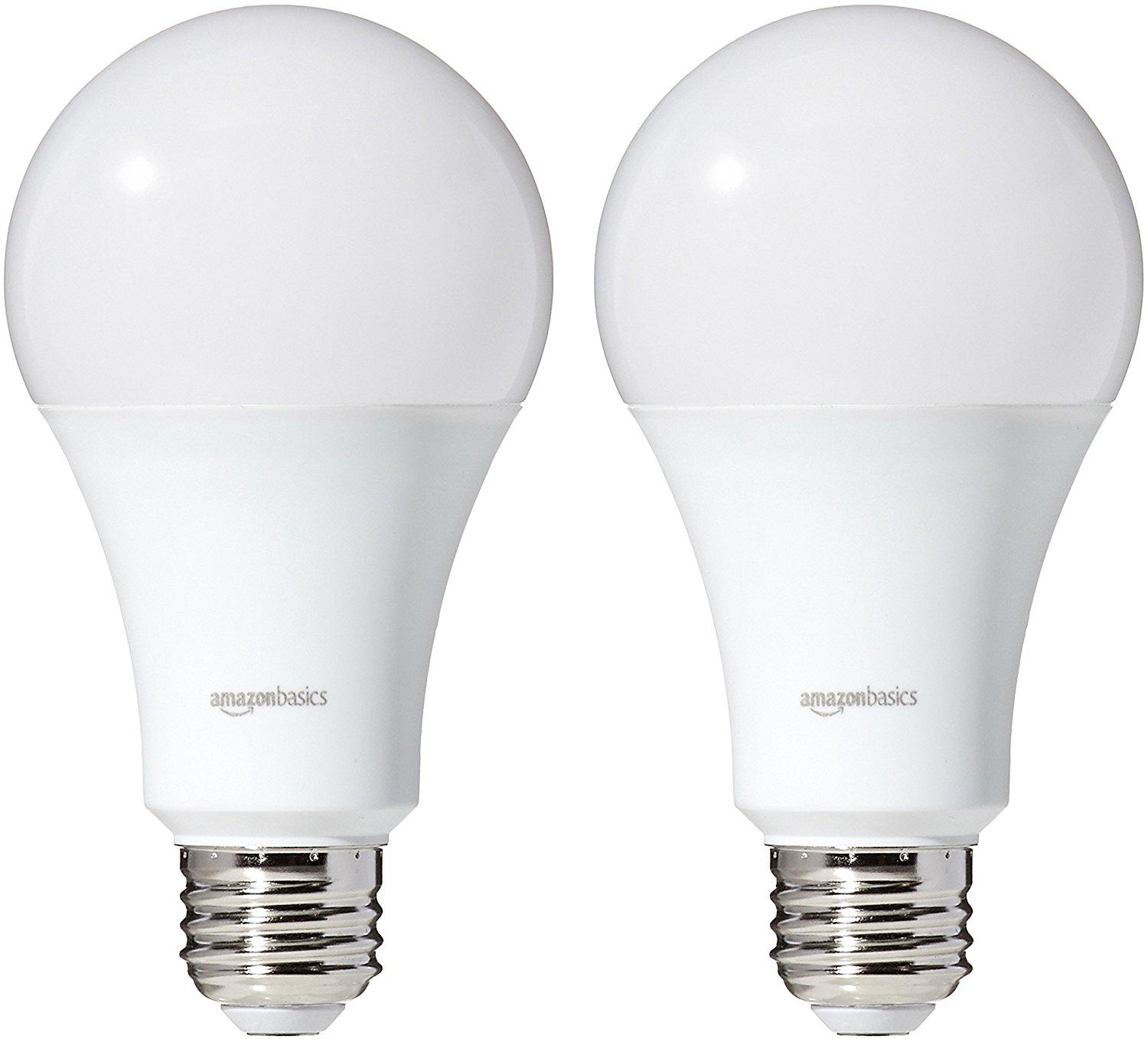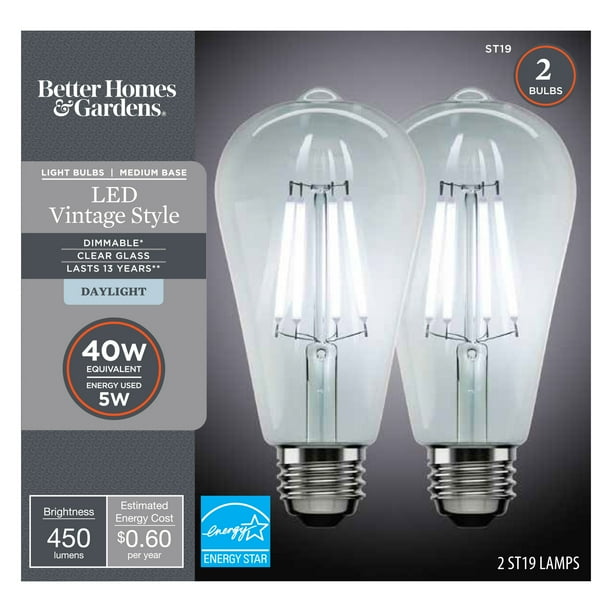40 Watt Bulb Vs 60 Watt Bulb
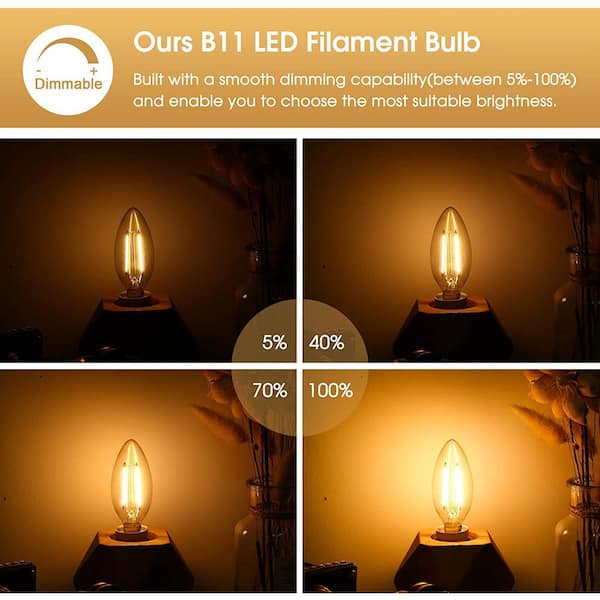
Imagine stepping into a room, the late afternoon sun casting long shadows across the floor. You reach for the light switch, a familiar click, and a warm glow fills the space. But have you ever paused to consider the humble light bulb illuminating your world? Specifically, have you ever wondered about the difference between a 40-watt bulb and a 60-watt bulb?
At its core, the debate between a 40-watt and 60-watt bulb revolves around brightness and energy consumption. Understanding these differences can not only optimize your home lighting but also contribute to significant energy savings and a reduced carbon footprint.
The Historical Glow: Incandescent Beginnings
The story of the light bulb is intrinsically linked to Thomas Edison and his pioneering work in the late 19th century. His invention ushered in an era of artificial light, drastically changing the way we live and work.
Early light bulbs were primarily incandescent, relying on a heated filament to produce light. The wattage of a bulb directly corresponded to the amount of electricity consumed to heat the filament.
A higher wattage meant a brighter light, but also greater energy usage. The 40-watt and 60-watt bulbs quickly became common choices, each serving different lighting needs.
Wattage Explained: More Than Just Brightness
Wattage, measured in watts, is a unit of power indicating the rate at which an electrical device consumes energy. A 60-watt bulb consumes 60 joules of energy per second, while a 40-watt bulb consumes 40 joules per second.
This difference in wattage translates directly to the amount of light emitted, typically measured in lumens. A 60-watt incandescent bulb generally produces around 800 lumens, whereas a 40-watt bulb emits approximately 450 lumens.
Therefore, a 60-watt bulb provides significantly brighter illumination compared to its 40-watt counterpart.
The Incandescent Era Fades: The Rise of Efficiency
While incandescent bulbs were revolutionary, they were also notoriously inefficient. The majority of the energy consumed by an incandescent bulb is converted into heat, with only a small fraction becoming light.
This inefficiency prompted the development of alternative lighting technologies, such as compact fluorescent lamps (CFLs) and light-emitting diodes (LEDs).
These newer technologies offer significantly higher energy efficiency, producing more light with less wattage. This paradigm shift has dramatically altered how we think about lighting.
CFLs and LEDs: A New Wattage Paradigm
CFLs and LEDs have revolutionized the lighting market by offering equivalent brightness at much lower wattages. For example, an LED bulb that produces the same amount of light as a 60-watt incandescent bulb might only consume 8-12 watts.
Similarly, an LED equivalent to a 40-watt incandescent bulb might use only 5-7 watts. This dramatic reduction in energy consumption translates to significant cost savings and a lower environmental impact.
The lifespan of CFLs and LEDs is also considerably longer than incandescent bulbs, further enhancing their value proposition. LEDs, in particular, can last for tens of thousands of hours, reducing the frequency of replacements.
Choosing the Right Bulb: Practical Considerations
Selecting between a 40-watt and 60-watt equivalent LED bulb depends on several factors, including room size, desired ambiance, and specific task requirements. Smaller rooms like bathrooms or hallways might benefit from the softer glow of a 40-watt equivalent.
Larger spaces, such as living rooms or kitchens, may require the brighter illumination of a 60-watt equivalent. Task lighting, such as reading lamps or desk lights, should also be chosen based on the specific requirements of the activity.
It’s important to consider the color temperature of the bulb, measured in Kelvin (K). Warmer temperatures (around 2700K) create a cozy, inviting atmosphere, while cooler temperatures (around 5000K) provide a brighter, more energetic light.
The Environmental Impact: A Brighter Future
The shift from incandescent bulbs to more energy-efficient alternatives like LEDs has significant environmental benefits. Reducing energy consumption lowers demand on power plants, many of which rely on fossil fuels.
This, in turn, reduces greenhouse gas emissions and helps mitigate climate change. Choosing energy-efficient lighting is a simple yet effective way to contribute to a more sustainable future.
According to the U.S. Department of Energy, widespread adoption of LED lighting could save billions of dollars in energy costs and significantly reduce carbon emissions annually.
The Cost Factor: Long-Term Savings
While LEDs may have a higher upfront cost compared to incandescent bulbs, their long lifespan and energy efficiency result in substantial long-term savings. The reduced electricity consumption translates to lower monthly energy bills.
Furthermore, the infrequent need for replacements saves time and money over the lifespan of the bulb. A simple calculation comparing the total cost of ownership, including purchase price and energy consumption, clearly demonstrates the economic advantages of LED lighting.
Ultimately, investing in energy-efficient lighting is an investment in both your wallet and the environment.
Beyond Wattage: Understanding Lumens and Color Temperature
While wattage indicates energy consumption, lumens measure the brightness of a light bulb. It's crucial to focus on lumens rather than wattage when selecting a bulb to achieve the desired level of illumination.
As mentioned earlier, color temperature, measured in Kelvin, impacts the ambiance of a room. Warmer colors (2700-3000K) are ideal for creating a relaxing atmosphere, while cooler colors (4000-5000K) are better suited for tasks requiring focus and concentration.
Understanding these concepts empowers you to make informed decisions when choosing the right bulb for your specific needs.
Smart Lighting: The Future of Illumination
The advent of smart lighting has further revolutionized the way we control and utilize light. Smart bulbs can be controlled remotely via smartphone apps or voice assistants, allowing for dimming, color adjustments, and scheduling.
These features provide unprecedented control over lighting and can contribute to further energy savings. Smart lighting systems can also be integrated with other smart home devices, creating a seamless and automated living environment.
From adjusting the brightness based on natural light levels to turning off lights automatically when a room is unoccupied, smart lighting offers a wealth of possibilities for optimizing energy efficiency and enhancing the overall lighting experience.
Conclusion: A Bright Choice for a Sustainable Future
The choice between a 40-watt and 60-watt bulb, or rather, their energy-efficient equivalents, represents a larger shift towards sustainable living. By embracing energy-efficient lighting technologies, we can significantly reduce our energy consumption and environmental impact.
The humble light bulb, often overlooked, plays a vital role in shaping our world, both literally and figuratively. Making informed choices about lighting is a small but meaningful step towards a brighter and more sustainable future for all.
So, the next time you reach for a light switch, remember the power you hold to make a positive impact. Choose wisely, and let there be light, efficiently and sustainably.

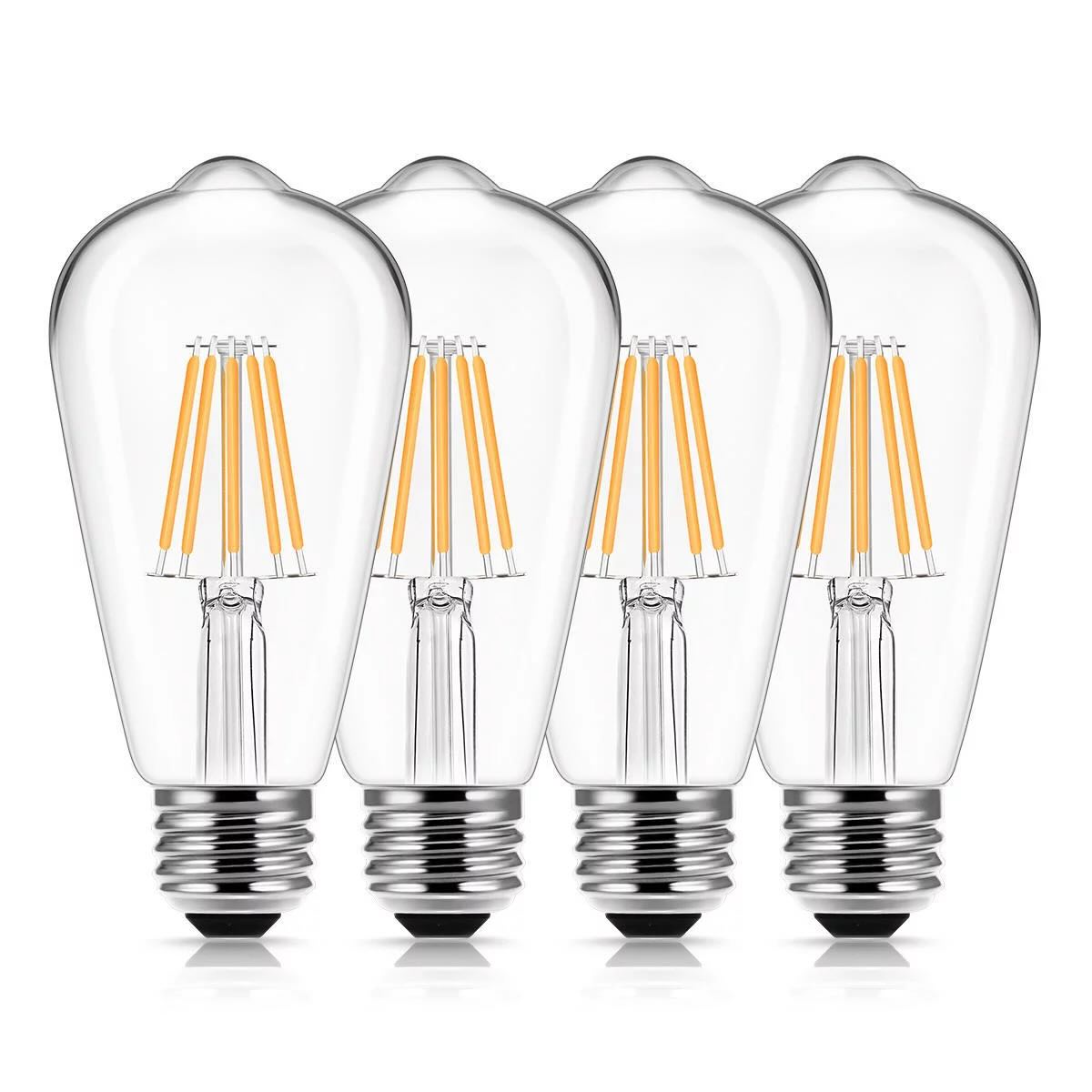
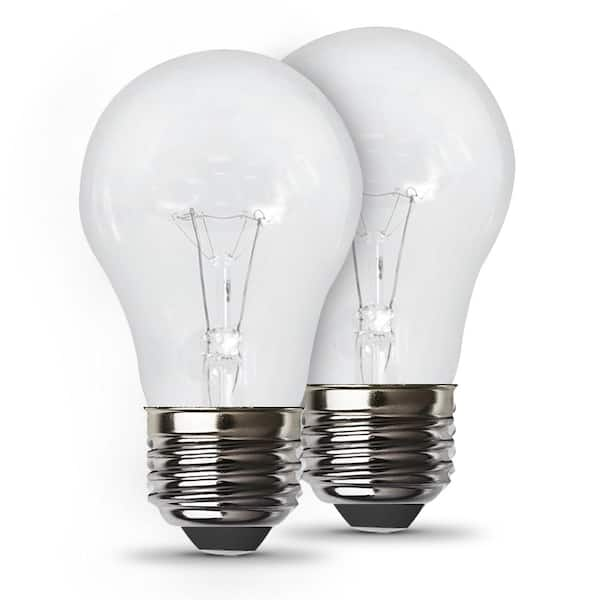
![40 Watt Bulb Vs 60 Watt Bulb 4 Pack 4W E26 12V LED Bulb 40 watt Equivalent [A19] and 4 Pack E26 12](https://m.media-amazon.com/images/I/61Nx9fwtGyL._AC_SL1500_.jpg)
![40 Watt Bulb Vs 60 Watt Bulb 3 Pack 4W E26 12V Light Bulb 40 watt Equivalent [A15] and 2 Pack 6W 12](https://m.media-amazon.com/images/I/617zSoA-O-L._AC_SL1500_.jpg)

